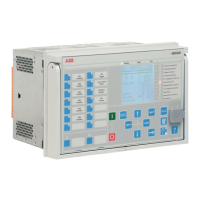Figure 248: Principle of Cumulative Phasor Summing (CPS)
The CPS technique provides a stable directional phasor quantity despite individual
phasors varying in magnitude and phase angle in time due to a non-stable fault
type such as restriking or intermittent earth fault. This is also true for harmonic
components included in the sum admittance phasor. Harmonics have typically a
highly fluctuating character.
Harmonic components provide a more distinctive directional determination in
compensated networks than the fundamental frequency component. The higher
the frequencies, the compensation coil appears as very high impedance and the
harmonics are not affected by compensation coil and degree of compensation.
When harmonics are present, they cause the sum admittance phasor to behave as
in case of an unearthed network, where directional phasors point in fully opposite
directions in the faulty and healthy feeder.
The direction of the MFADPSDE function is defined with setting
Directional
mode
as “Forward” or “Reverse”. The operation characteristic is defined by tilted
operation sector as illustrated in
Figure 249
. The characteristic provides universal
applicability, that is, it is valid both in compensated and unearthed networks, also
if the compensation coil is temporarily switched off. The tilt of the operation
sector is defined with setting
Tilt angle
to compensate the measurement errors of
residual current and voltage transformers. The typical setting value of 5 degrees
is recommended, but it should always reflect the actual maximum expected
measurement errors.
In case of unearthed network operation, adequate tilt angle must be
allowed to ensure dependable operation of MFADPSDE.
In
Figure 250
, phasors 1...4 demonstrate the behavior of the directional phasor in
different network fault conditions.
• Phasor 1 depicts the direction of accumulated sum admittance phasor in case of
earth fault outside the protected feeder (assuming that the admittance of the
protected feeder is dominantly capacitive). The result is valid regardless of the
fault type (low ohmic, high(er) ohmic, permanent, intermittent or restriking). In
case harmonic components are present in the fault quantities, they would turn
the phasor align to the negative
axis.
• Phasor 2 depicts the direction of accumulated sum admittance phasor in case of
earth fault inside the protected feeder when the network is unearthed. The result
1MRS757644 H
Protection functions
620 series
Technical Manual
485

